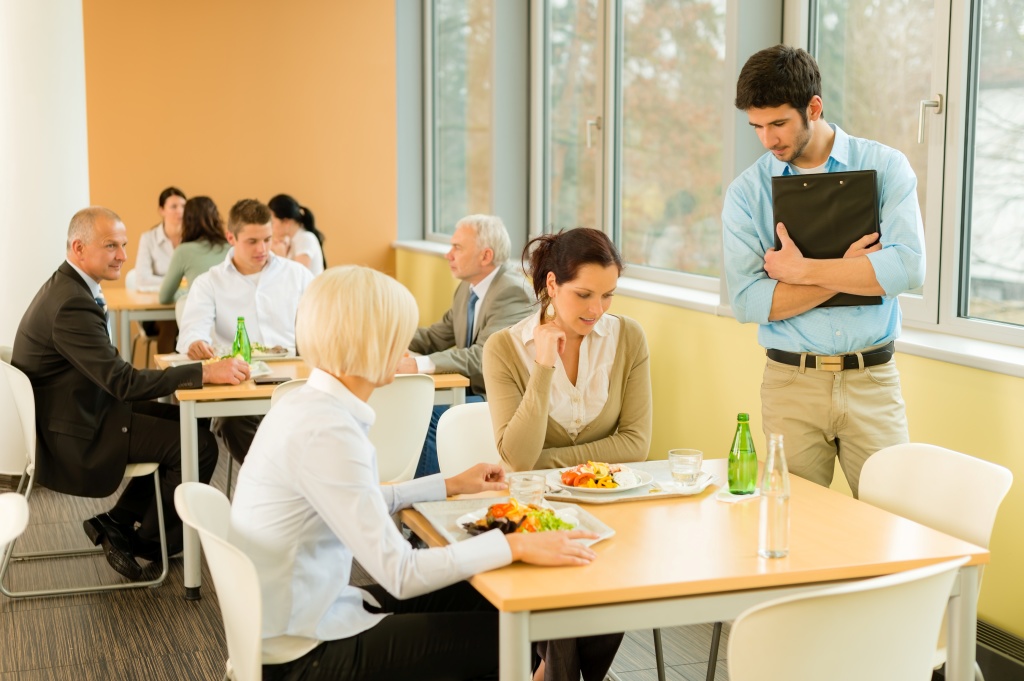Why You Shouldn’t Skip Your Lunch Break
In today’s fast-pace work environment, most office workers opt to skip their hour of leisurely lunch to continually tackle their never-ending pile of work. The time adds up. Workers who forgo the standard hour-long lunch break each day work an extra 128 hours a year, adding up to an additional 16 workdays! Though it sounds more productive, skipping your lunch break is detrimental to your focus, creativity, productivity and health.
Staying at your desk all day can lead to increased stress levels that also cause reduced productivity, absenteeism, employee turnover, compensation claims, health insurance and medical expenses. Taking a mid-day break rejuvenates creativity and cognitive capacity.
How to Create a Lunch Break-Friendly Workplace
It is important for yourself and your employees to step away from the office to take lunch. Try these opportunities to create a more lunch break-friendly workplace:
Set an example by taking lunch breaks yourself.
It’s hard to get employees on board for taking lunch breaks when you won’t take one yourself. Many employees cite the reason they don’t take lunch breaks is to show dedication to their work, a trait they’ve picked up on from leadership. Create a lunch culture within your office, making it a norm to take a much-needed break outside the office. While setting an example, you will also reap the benefits of improved focus and productivity!
Build relationships with employees by taking them out to lunch.
Eating away from your desk makes it easier to socialize with employees. By going out to lunch, you will get the opportunity to know the people of your organization on a deeper level. Socializing is also proven to boost your mood and will create a more open environment within your office. Purchasing lunch for your employees is a nice gesture that will help boost morale around the office.
Organize productive and social lunch events for your staff.
Bringing your employees together over lunch promotes camaraderie and team bonding in the workplace.
- Know of an event happening close to the office during the lunch hour? Share it with your employees and encourage them to attend.
- Schedule activities, like a company-wide kickball game, to give employees a fun reason to get out of the office.
- Create forums on your company’s intranet site for members of your organization to plan lunch outings with others.
Promote being active over the lunch period.
Taking an exercise break at work boosts productivity, focus, creativity, and sanity! It also decreases the chance to develop heart disease, diabetes, cancer and obesity.
- Host a lunchtime fitness challenge in your workplace.
- Provide a list of exercise classes at your on-site or local gym that occur over the lunch hour.
- Schedule daily 20 minute walks outside.
Encouraging employees to take their lunch break away from their desk will help your business’s bottom line. Additionally, both yourself and your employees will benefit from the boost in productivity and the healthier habits formed when they utilize the hour. For more tips on how to engage your co-workers over the lunch hour, call your EFR consultant.

